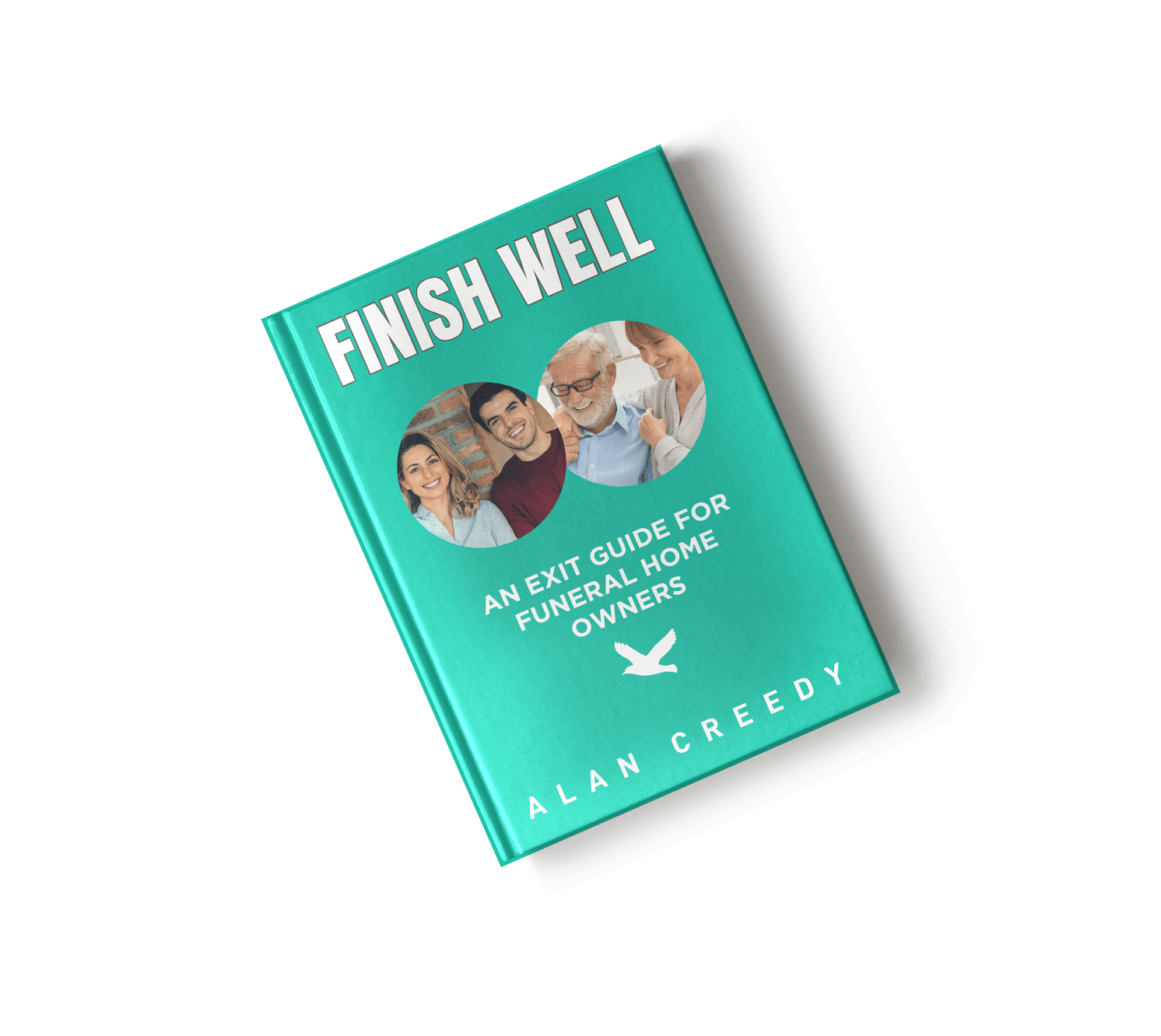Forty-three years ago, Alan Creedy took over the financially distressed OGR Service Corp., the for-profit arm of what is now the International Order of the Golden Rule.
With a background in accounting and psychology, he had no idea he was about to start his life’s work, which would coincide with his lifelong faith journey – a topic he weaves into the posts you’ll find on The Creedy Commentary, the blog on his website.
After spending five years turning around OGR, he went on to serve as president of Brown-Wynne’s funeral homes and cemeteries, where he built upon the legacy of the respected firm, ultimately orchestrating its sale.



